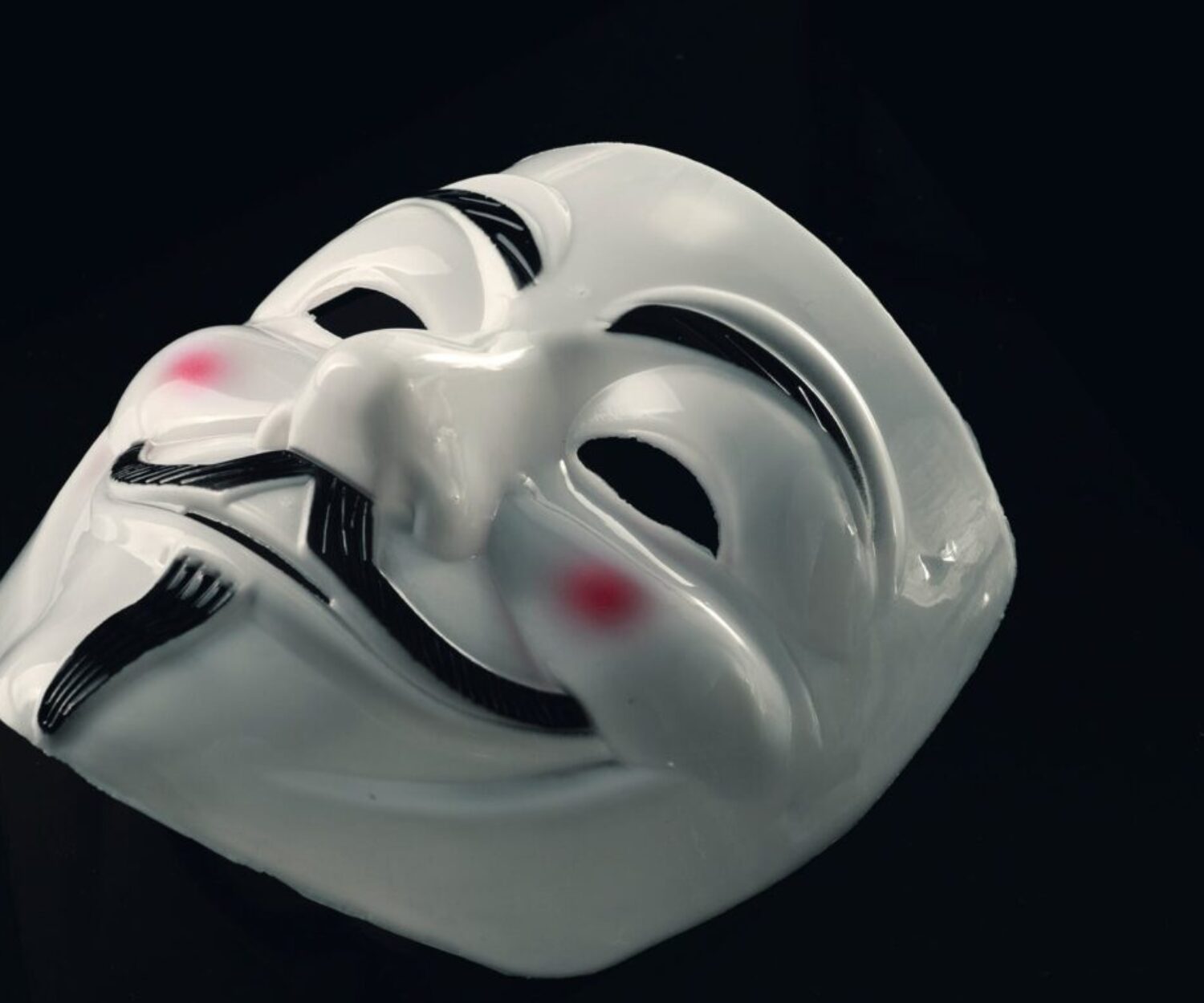The story is a backbone of any film. A good story can be translated into a bad film but a one cannot make a good film from a bad story. Hence, learning and improving the art of writing is crucial to aspiring writers. Writing is challenging and sometimes excruciating. Sitting in front of blank sheets for hours, sometimes days, can take a toll on creativity and determination and push towards self-doubt.
Here are a few tips to help you get through those difficult times. These tips are have never failed to help me, so I hope they help you too.
- Keep it Simple – The simpler it is, the better is it. The simple and easy to understand narrative (the sequence and flow of events and setting up) connects easily with the readers and audience. Sometimes, we tend to overlook things and end up writing complicated narrative than simplifying it. This ends up making the story confusing and lost. Remember, our aim to tell a story and connect with readers, not to impress them by using fancy words and convoluted sentences and structure. Therefore, keep the narrative simple and to the point.
- Believable Characters – A story is about people and told by people. The characters of your story should be close to reality unless you are writing a superhero or mythological story. We humans are imperfect. We have positive energies like hope, confidence and emotions; but also the negative energies like fear, apprehension and self-doubt. Hence, the real characters are believable and connect well with readers and audience.
- Number of Protagonist/s – This is one of the most crucial aspects of storytelling. We must be clear if our story has one ‘protagonist’ (the main character, often referred as the hero) or multiple protagonists. Keeping one or two protagonists in the story make it easy to connect with readers and audience. However, the story can also have multiple protagonists but they all should be put into different situations to deal with and each character must be different than the other. However, they all can aim of different goals or have a common goal depending upon the story structure.
- What’s the Conflict? – There are no stories with drama and there is no drama without conflict. The conflict occurs due to differences in opinions, beliefs and goals. The conflict can be smaller initially and transform to life changing incident. It is the heart of the story. The protagonist must fight to reach his goal or to save his or other’s lives while the ‘antagonist’ (refereed to as a villain or negative power) must fight to stop him. There are two types of conflicts, Inner Conflict and Outer Conflict. The inner conflict is the struggle going inside the character about his emotional and psychological state of mind and longings; whereas the outer conflict is his struggle to combat and win the antagonist.
- Beginning, Middle and End – Each story, irrespective of its length and genre, has a beginning, middle and end. The story should engage the reader from the first page or fist visual in the film. The beginning page or visual should be what the story is all about. The middle section should be gripping by transporting the readers and the audience in the story’s world. The end should be exciting; it should answer all the questions and tie all story and knots. The audience must feel ‘catharsis’ (the release of strong, repressed emotions)
Conclusion:
The only way to write is to “Keep Writing.” One has to be persistent and determined. The genres and types are slowly dissolving in storytelling; therefore, one should not bother about them. The good stories evoke the right feelings. If it’s a drama, it should make readers cry and if you are writing a comedy then make sure the punches and timings are in place. However, situational comedies have their own charm. The horror should give your readers nightmares and thrillers should give them goose bumps. Similarly the action should make them jump on their seats. But do not really care about the genre, care about what you want to say and show. Eventually, what matters is what the readers and audience felt after reading your story and watching your film.


